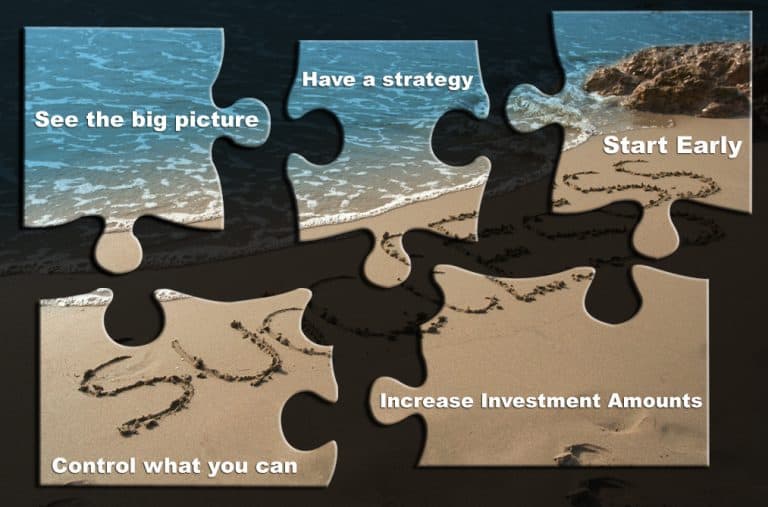Why Reducing Your Tax Refund is a Good Thing
With tax day fast approaching, many people are counting on receiving a big check back from the Government. While you’re probably looking forward to this windfall, there are reasons why you may wish to minimize your end-of-year refund. Why Big Refunds are Bad Taxes are refunded to you when the Government takes too much of…






